Top Things to Know Before Buying a Hydroponic Planter
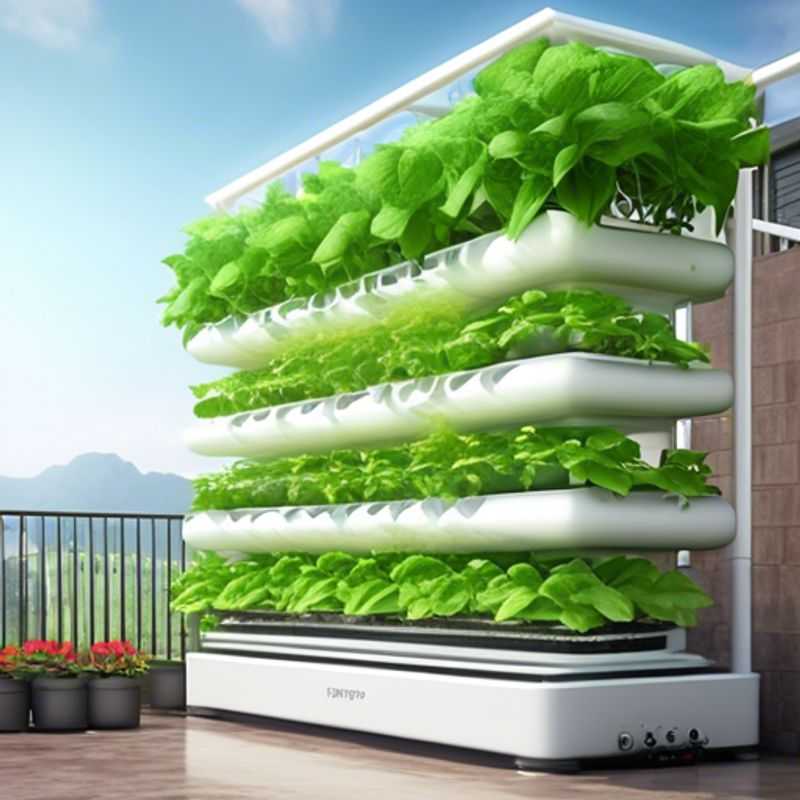
Top Things to Know Before Buying a Hydroponic Planter: A Guide for Beginners
Hydroponics is a fantastic way to grow plants without soil, offering a more controlled and efficient way to cultivate your favorite herbs, vegetables, and flowers. Before you embark on your hydroponic journey, it's essential to do your research and understand the key considerations. Here are some top things to know before buying a hydroponic planter:
Understand the different types of hydroponic systems and their requirements: There are several types of hydroponic systems, each with its own advantages and drawbacks.

Hydroponic Systems: A Beginner's Guide to Different Types and Their Needs
Hydroponics is a method of growing plants without soil, using nutrient-rich water solutions. Different systems cater to various needs and preferences.
Deep Water Culture (DWC): Simple and affordable. Plants are suspended in a nutrient-rich solution, offering rapid growth. Requires regular water changes to prevent algae.
Ebb and Flow (Flood and Drain): A timed system where the nutrient solution floods the plant roots and then drains, providing oxygen. More suitable for larger plants with deeper root systems.
Wick System: Passive system using a wick to draw nutrient solution to the roots. Suitable for smaller plants, but may not be as efficient as other systems.
Drip System: Automated system that delivers nutrient solution directly to the plant roots. Ideal for larger-scale operations and precise nutrient control.
Aeroponics: Advanced system where plant roots are suspended in air and misted with nutrient solution. Requires precise control and monitoring for optimal growth.
Choosing the right hydroponic system depends on factors like: plant type, budget, space, and experience. Research and compare systems based on your specific needs.
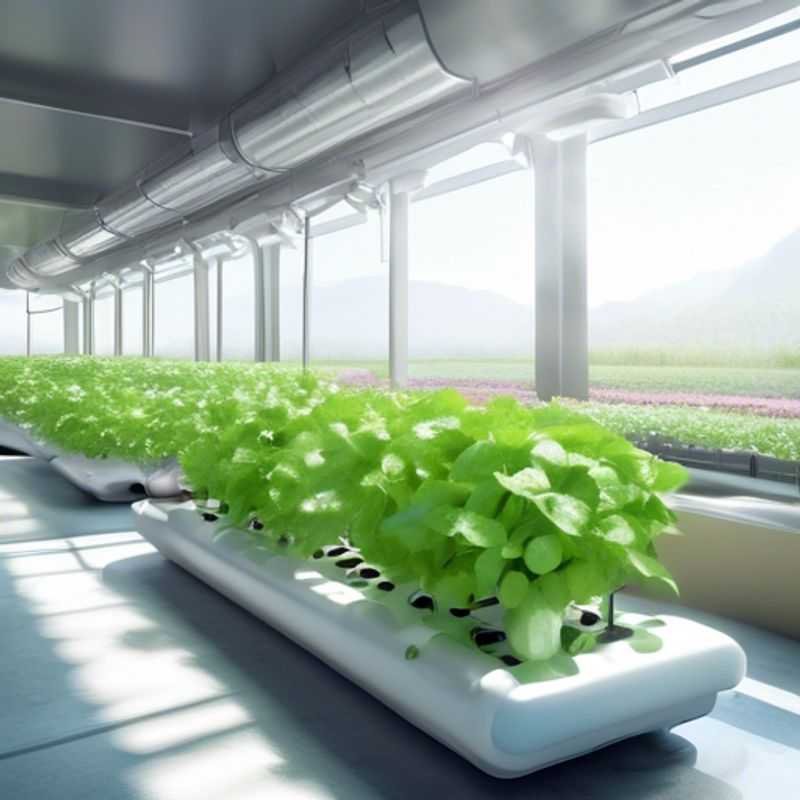
Grow with Confidence: Researching Ideal Plant Conditions for Success
Before you even think about planting, research is key. Knowing your plant’s ideal growing conditions will ensure success and a flourishing garden. The best place to start is by understanding the basic needs of your chosen plants. Each plant has unique requirements for sunlight, water, soil type, and even temperature. These factors influence their growth, health, and overall productivity.
First, determine if your chosen plants prefer full sun, partial shade, or full shade. Then, consider the water needs. Some plants are drought tolerant, while others require regular watering. Soil pH is also important, so research the ideal pH range for your plants. Finally, consider your local climate, including average temperatures, rainfall, and frost dates.
For additional guidance, consult a local nursery or a reliable gardening website. They can provide species-specific information and advice on how to prepare your soil, when to plant, and ongoing care. Local garden clubs or university extension services can also offer helpful resources and workshops.
Remember, understanding your plant’s specific requirements will not only help you avoid common problems but also ensure a thriving garden. Invest in the knowledge now, and reap the benefits of a beautiful and productive garden in the long run.
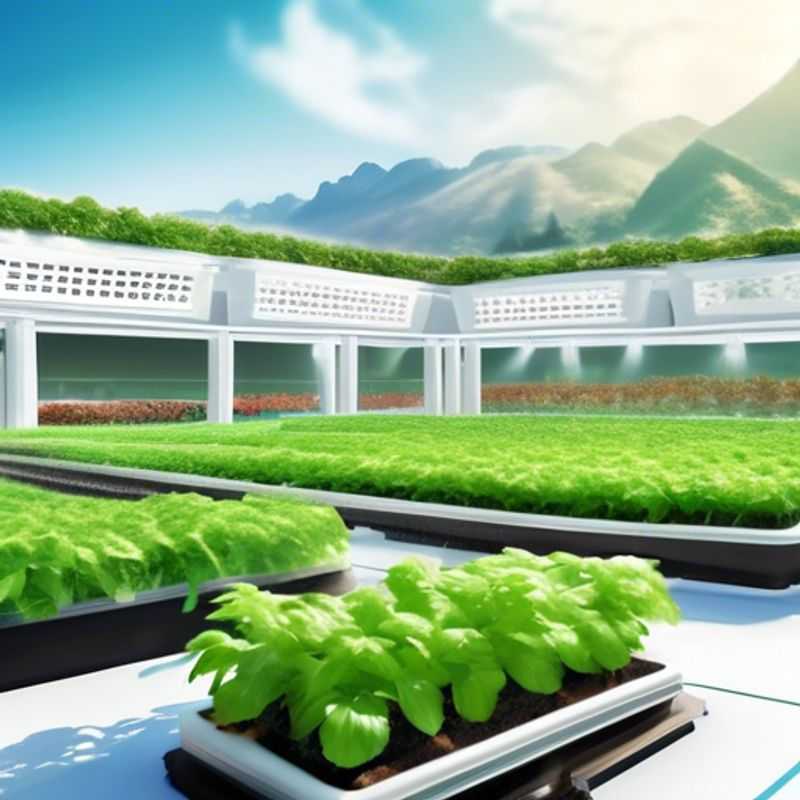
Hydroponic Planter Size: Choosing the Right Fit for Your Space and Needs
Before diving into a hydroponic system, consider the size and space needed for the planter. The size of the planter determines the number of plants you can grow, and the overall space requirement will impact your setup and location. This is crucial for optimal plant growth and a smooth, enjoyable growing experience.
Measure the space you have available. Consider the height of your planter, as it will need to accommodate the plants and lighting fixtures. Calculate the floor space required, taking into account walkways and access to the system. This will help you choose the right size and type of hydroponic planter.
Consider the type of plants you want to grow. Some plants require more space than others. Research the growth habit of your desired plants and choose a planter that can accommodate their size and root systems.
Factor in the space for lighting, ventilation, and other components. Your hydroponic system will need adequate lighting, ventilation, and potentially additional equipment like pumps and reservoirs. Allocate space for these components when planning your setup.
Don't forget about the weight. A hydroponic system, especially one with water and nutrient solutions, can be heavy. Ensure your chosen location can support the weight of the system and any additional equipment.
Planning for adequate size and space is vital for successful hydroponic gardening. With careful consideration and planning, you can set up a hydroponic system that efficiently utilizes space and promotes optimal plant growth.
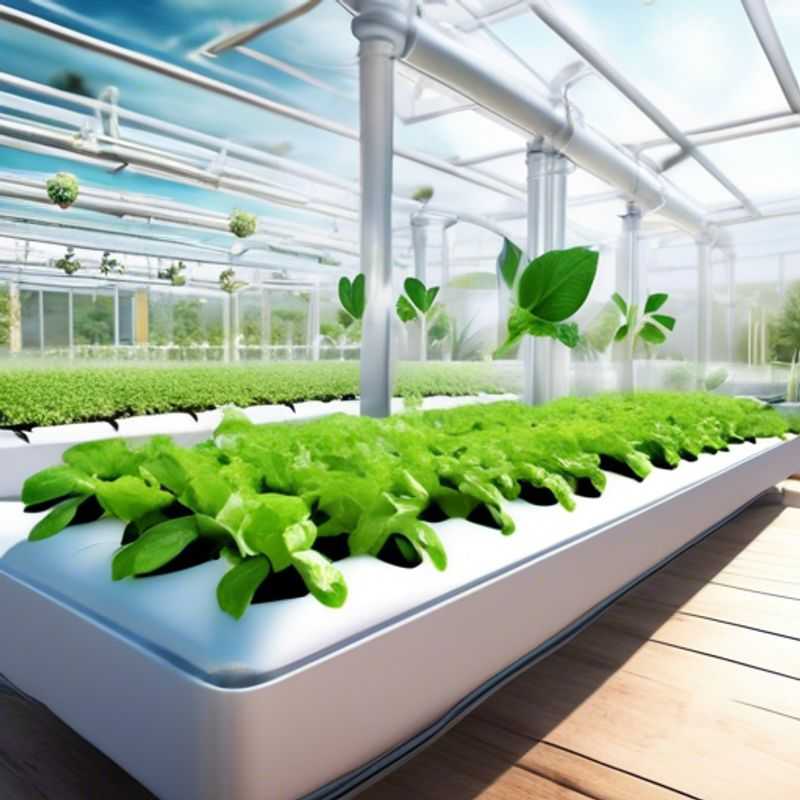
Gear Up for Success: Essential Equipment and Accessories
When it comes to familiarizing yourself with the necessary equipment and accessories, you're entering a world of possibilities. There's a whole ecosystem of tools and resources available to help you achieve your goals. The first step is to understand the different types of equipment and accessories that are available. This includes items like laptops, tablets, smartphones, printers, scanners, and more. You might need to factor in the cost of these items, as some can be expensive.
Next, you need to think about how these items will be used in your workflow. For example, if you're a graphic designer, you might need a powerful laptop with a high-resolution display. If you're a writer, you might need a comfortable keyboard and a good ergonomic chair.
The next crucial aspect is considering the software and apps that will help you get the most out of your equipment. This could involve word processors, photo editing software, video editing software, and more. Don't forget to factor in the cost of subscriptions or licenses, as they can quickly add up.
Finally, don't neglect the importance of accessories. These can range from simple items like USB drives and cables to more specialized accessories like external hard drives, portable monitors, and even virtual reality headsets.
Remember, the key to getting the most out of your equipment and accessories is to understand your individual needs and preferences. Take your time to research different options and find the products that best suit your workflow.
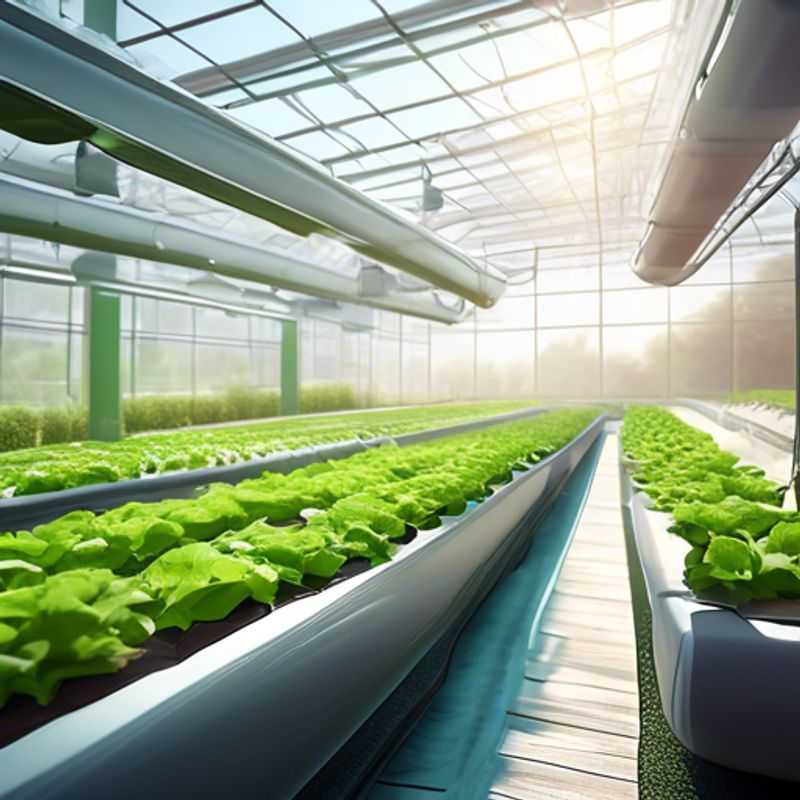
Unlocking Plant Growth: Nutrient Solutions and pH Levels
Growing healthy plants requires understanding the delicate balance of nutrients and pH levels. Nutrient solutions provide the essential building blocks for growth, while pH influences the availability of these nutrients. Optimum pH for most plants is between 6.0 and 7.0, allowing them to absorb nutrients efficiently.
To determine the ideal nutrient solution for your plants, consider their specific needs. Hydroponic systems often use pre-mixed solutions with balanced macro and micronutrients. Organic gardeners may rely on natural sources like compost tea or fish emulsion. Regular soil testing is crucial to monitor nutrient levels and adjust your feeding regime accordingly.
Maintaining the correct pH is vital for maximizing nutrient uptake. Too acidic soil can hinder the absorption of essential nutrients, while too alkaline soil can lock them up, making them unavailable to the plant. Regular pH testing using a simple meter or test kit ensures your plants thrive.
Understanding nutrient solutions and pH levels is the foundation for successful plant growth. While a plethora of information exists online, consulting local gardening experts or specialized nurseries can provide tailored guidance. Consistent monitoring and adjustments will ensure your plants flourish with the right balance of nutrients and the ideal pH for optimal growth.
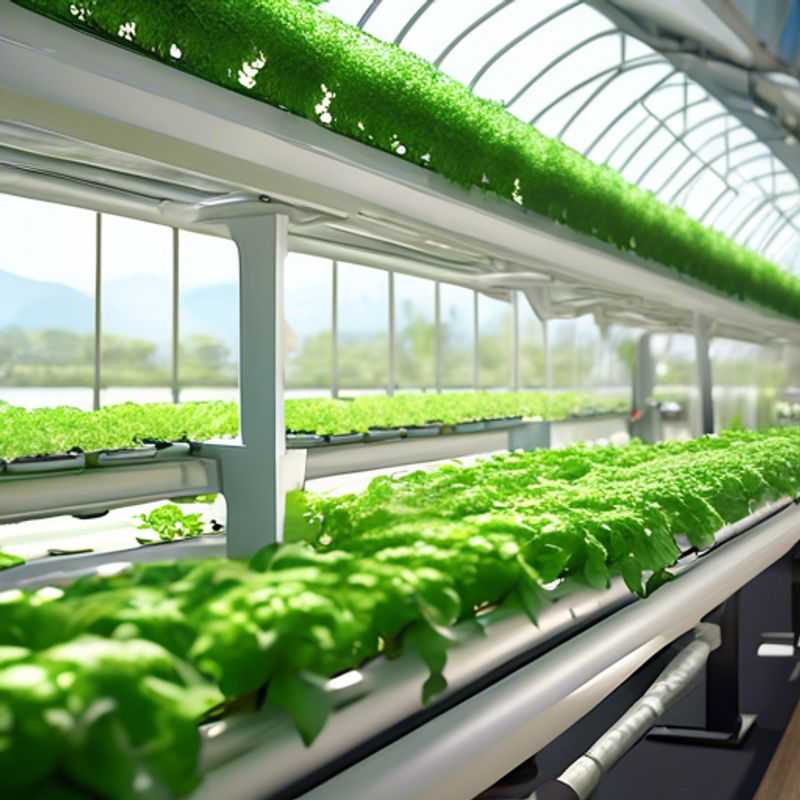
Keeping Your Hydroponic System Healthy: A Plan for Monitoring and Maintenance
Monitoring and maintaining a hydroponic system is crucial for optimal growth and yield. Here's a plan to ensure your system runs smoothly:
1. Daily Monitoring:
Check water levels, nutrient levels, pH balance, and temperature daily. Look for signs of plant stress, such as wilting, discoloration, or stunted growth.
2. Weekly Maintenance:
Clean the reservoir and pump to prevent algae and bacteria buildup. Adjust nutrient solution levels based on plant needs. Inspect for leaks, broken hoses, and worn-out parts.
3. Monthly Maintenance:
Replace the nutrient solution completely. Thoroughly clean the entire system, including tubing, pipes, and grow beds.
4. Regular Inspections:
Inspect your system for any signs of wear and tear. Replace any damaged parts promptly. Consider a professional maintenance check-up for larger systems or those with complex equipment.
5. Record Keeping:
Maintain a log of all your monitoring and maintenance activities. This will help you identify trends, understand plant behavior, and troubleshoot problems effectively.
6. Resources:
Consult online resources, gardening books, and hydroponic experts for specific guidance on your system type and plant species.
7. Consider Professional Help:
If your system is complex or you lack time, consider hiring a professional hydroponics technician for regular maintenance and troubleshooting.
By following this plan, you can keep your hydroponic system running efficiently and ensure a successful harvest.
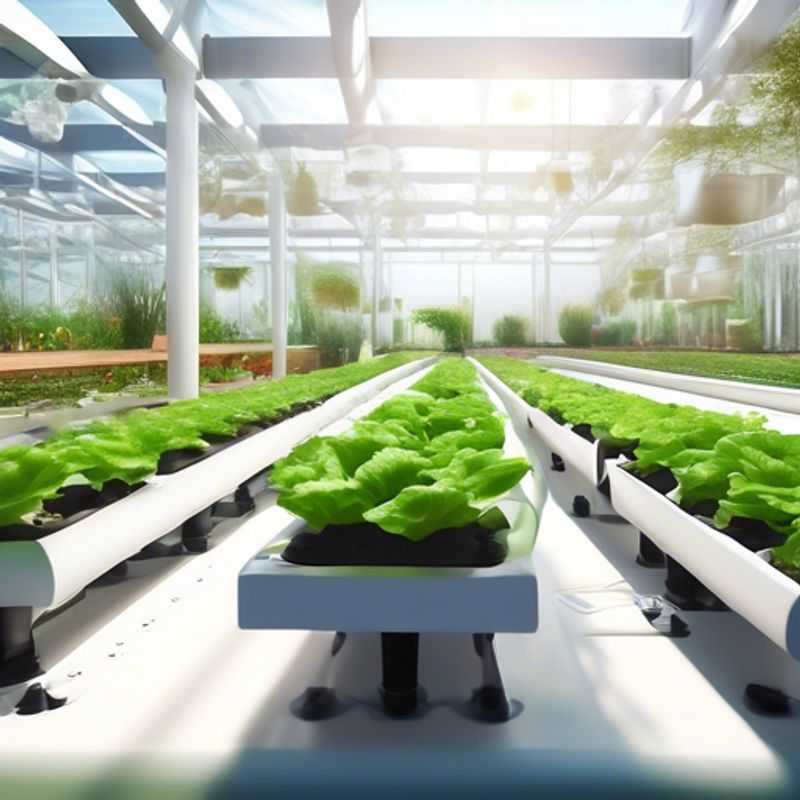
Mastering the Challenges: A Guide to Troubleshooting and Problem Solving
Educating yourself on the common challenges and troubleshooting techniques for workflow products is crucial for maximizing their performance and efficiency. Here's a concise guide to get you started.
Common Challenges
Workflow products often encounter challenges like bottlenecks, inefficiencies, and lack of integration. Bottlenecks occur when specific tasks or processes slow down the entire workflow. Inefficiencies arise when tasks aren't optimized, leading to wasted time and resources. Poor integration between different systems can cause data inconsistencies and hinder collaboration.
Troubleshooting Techniques
Start by identifying the specific problem. Analyze workflow data to pinpoint bottlenecks and areas for improvement. Consider using process mapping tools to visualize the workflow and identify potential issues. Once you understand the problem, implement solutions like automating repetitive tasks, streamlining processes, and improving communication between team members. Regularly review and adjust your workflows to ensure they remain effective.
Key Considerations
When troubleshooting workflow issues, consider factors like user training, system configuration, and data integrity. Ensure users are adequately trained to utilize the workflow product effectively. Check system configurations to ensure they align with your workflow needs. Maintain data accuracy and consistency to prevent errors and delays. Regularly monitor and evaluate the effectiveness of your workflow improvements.
